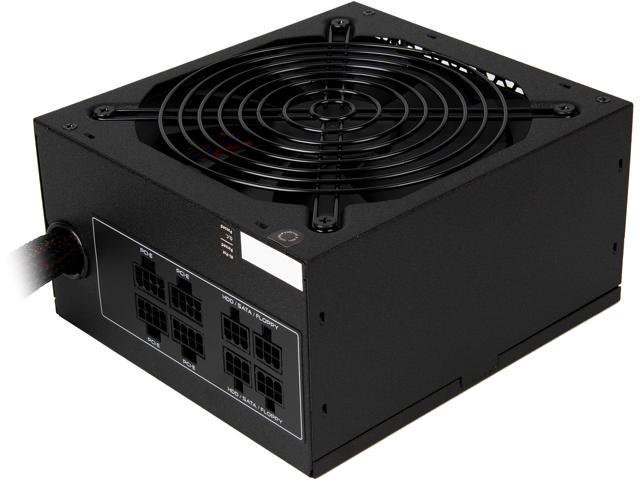- Joined
- May 31, 2016
- Messages
- 4,510 (1.38/day)
- Location
- Currently Norway
| System Name | Bro2 |
|---|---|
| Processor | Ryzen 5800X |
| Motherboard | Gigabyte X570 Aorus Elite |
| Cooling | Corsair h115i pro rgb |
| Memory | 32GB G.Skill Flare X 3200 CL14 @3800Mhz CL16 |
| Video Card(s) | Powercolor 6900 XT Red Devil 1.1v@2400Mhz |
| Storage | M.2 Samsung 970 Evo Plus 500MB/ Samsung 860 Evo 1TB |
| Display(s) | LG 27UD69 UHD / LG 27GN950 |
| Case | Fractal Design G |
| Audio Device(s) | Realtec 5.1 |
| Power Supply | Seasonic 750W GOLD |
| Mouse | Logitech G402 |
| Keyboard | Logitech slim |
| Software | Windows 10 64 bit |
I can't buy rosewill in Norway even though I tried. I wanted to get their server branded chassis for my TRs (custom water cooling solutions) but there is no way they can ship it here due to some restrictions and lack of certification. Two bad because I really like their products.I've had a good track record with Corsair with their cases. Personally I really liked their Carbide 400R with is incredibly hard to find these days. Which is why I have 3 500R cases. For some reason even though they were expensive for their time the 500R is more prevalent than the 400R. The 750D is a good case. Again if you got a case that can get the heat out asap then you go a winner.
Graphic cards concerning fans. For my reference card it was at 48% of fan speed as it's sweet spot. But you are right I had issues trying to lower down to the 40 to 43% range. I can raise the fan rate higher but after 50% is does sound like a jet engine. Kind of funny actually hearing it take off while I was testing for that sweet spot.
Ahh PSU's one of the few places people kind of scrimp on and/or have no idea on how big or what kind to get. For my current Rig I bought a Rosewill Capstone 850 watt Modular Supply 80+ gold, and I got it for $80. It got good reviews so I picked one up and am happy with it. The same price now, if you can find it is $140.
I like a bit of overkill on my PSU as my watt usage under load is around 312 watts.
Rosewill CAPSTONE 850M 850W Modular Power Supply - Newegg.com
Buy Rosewill CAPSTONE Series, CAPSTONE-850-M, 850W, Semi-Modular Power Supply, 80 PLUS GOLD Certified, Single +12V Rail, SLI & CrossFire Ready, Black with fast shipping and top-rated customer service. Once you know, you Newegg!www.newegg.com
NOTE: there has been a current shortage of PSU's currently. This not because of Tariff, something else is going on.
My current build was a contest (private forum) to build a "Best bang for the buck build" for $900 during the holiday season. Which is superior to Linus Tech tips $900 holiday build that was sponsored by Nvidia. Since I was not shackled by "Sponsorship" I was able to squeeze more "creamy smoothness" of components as well as having a upgradeable path (X570 MB instead of a X470 or B450MB) for a foreseable future.
I think with the 5700 issues is that there are more than just drivers that are causing issues. What bothers me is that people are spending a lot of money now than ever before to get performance. And when, in this case the video card is not performing due to early on teething of sloppy drivers, then perceived quality control (in my case hell yes there is an issue with my 5700XT). people are going to be upset. And they have every right to be so.
With the NAVI driver issues. Well I don't have any issues since my PSU swap. My 5600 XT came with the older bios. 1750Mhz core 1500Mhz vram. I've oc'ed the Vram to 1750Mhz (no bios updates) and it works flawlessly. I'm considering Bios update but is it necessary since everything works fine? Maybe there are driver issues in some cases but I haven't seen any so far.
BTW. with the corsair AXi 760W I think I've damaged my Vega. It doesn't want to boot. Thinking of getting it hooked up aside the rx5600XT and see if I can boot to OS and if the card is recognized. When trying to benchmark it just buzzed, gave grsshhhh sound and computer restarted. People underestimate the value of a PSU in any system.







